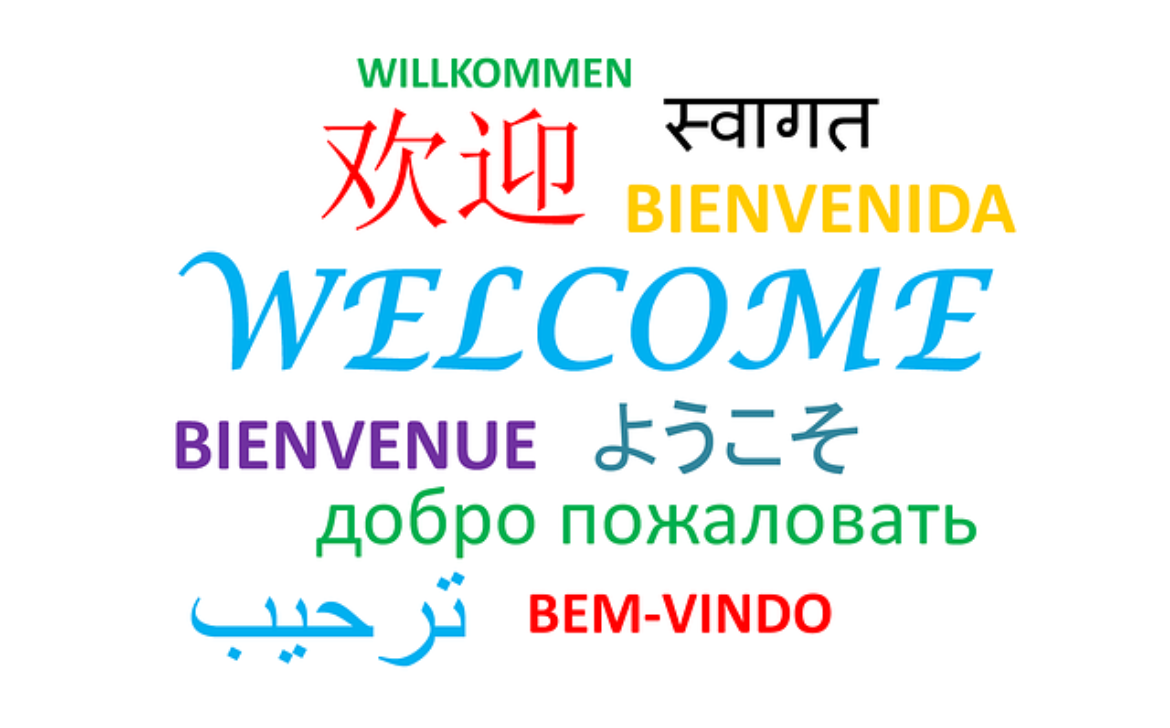Python for Software Engineers: Unlocking the Power of Python in Software Development
Introduction
Python has emerged as a go-to language for software engineers, thanks to its simplicity, readability, and versatility. Its extensive libraries, frameworks, and ecosystem make it a top choice for developing a wide range of applications, from web development to data analysis and machine learning. In this comprehensive guide, we will explore how Python empowers software engineers by examining its core features, tools, and best practices. Whether you are a beginner or an experienced developer, this guide will equip you with the knowledge and skills to leverage Python’s strengths and excel in software engineering.
Table of Contents:
- Introduction to Python for Software Engineers (200 words)
- Core Python Concepts for Software Engineers (250 words)
- Building Web Applications with Python (300 words)
- Data Analysis and Visualization with Python (350 words)
- Machine Learning and Artificial Intelligence in Python (200 words)
- Testing and Debugging in Python (300 words)
- Performance Optimization in Python (250 words)
- Collaboration and Version Control in Python Projects (300 words)
- Python Best Practices for Software Engineering (250 words)
- Advanced Python Topics for Software Engineers (300 words)
Section 1: Introduction to Python for Software Engineers
Begin by understanding why Python is a valuable language for software engineering. Explore its features, strengths, and use cases. Learn about Python’s popularity in the industry and the advantages it offers to software engineers.
Section 2: Core Python Concepts for Software Engineers
Develop a solid foundation in Python’s core concepts. Familiarize yourself with variables, data types, control flow, functions, and object-oriented programming (OOP) principles. Gain insights into Python’s built-in libraries and modules that are essential for software development.
Section 3: Building Web Applications with Python
Discover how Python enables the development of robust and scalable web applications. Explore popular web frameworks such as Django and Flask. Learn about handling HTTP requests, working with databases, and implementing authentication and authorization mechanisms in Python.
Section 4: Data Analysis and Visualization with Python
Unlock the power of Python for data analysis and visualization. Explore libraries such as NumPy, Pandas, and Matplotlib that facilitate data manipulation, analysis, and visualization. Learn how to extract insights from data and present them effectively using Python.
Section 5: Machine Learning and Artificial Intelligence in Python
Delve into the world of machine learning and artificial intelligence using Python. Explore libraries like scikit-learn, TensorFlow, and Keras to develop machine learning models and neural networks. Understand how Python’s simplicity and extensive libraries make it a preferred language for AI development.
Section 6: Testing and Debugging in Python
Learn essential techniques and tools for testing and debugging Python code. Discover the built-in unit testing framework and explore tools like Pytest. Understand how to write effective test cases, identify and fix bugs, and ensure the reliability of your software projects.
Section 7: Performance Optimization in Python
Optimize the performance of your Python code to ensure efficiency and scalability. Learn about profiling, benchmarking, and identifying performance bottlenecks. Explore techniques such as code optimization, memory management, and asynchronous programming to enhance the speed and responsiveness of your applications.
Section 8: Collaboration and Version Control in Python Projects
Understand the importance of collaboration and version control in software engineering. Learn about Git and popular platforms like GitHub for managing collaborative Python projects. Discover best practices for working in teams, resolving conflicts, and maintaining a clean and efficient codebase.
Section 9: Python Best Practices for Software Engineering
Develop good coding practices and adhere to industry standards while working with Python. Explore topics like code readability, documentation, modularization, error handling, and code reuse. Learn how to write clean, maintainable, and scalable code that follows the PEP 8 guidelines.
Section 10: Advanced Python Topics for Software Engineers
Take your Python skills to the next level by exploring advanced topics. Dive into areas such as multithreading, multiprocessing, networking, and interacting with databases. Learn about asynchronous programming with Asencio and explore other advanced libraries and frameworks.
Conclusion
Python provides software engineers with a powerful toolkit for developing a wide range of applications. By understanding Python’s core concepts, exploring web development, data analysis, machine learning, testing, optimization, collaboration, and following best practices, you can harness Python’s potential and excel in software engineering. Python’s versatility and extensive libraries empower software engineers to build robust, efficient, and scalable software solutions. Embrace Python’s capabilities, stay updated with the latest trends, and continue honing your skills to thrive in the dynamic field of software engineering.

















